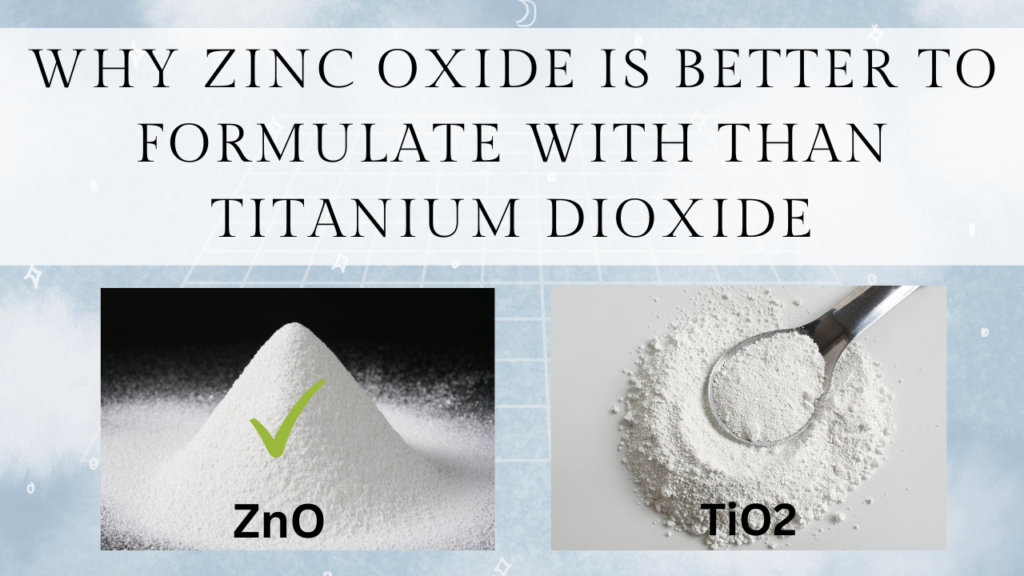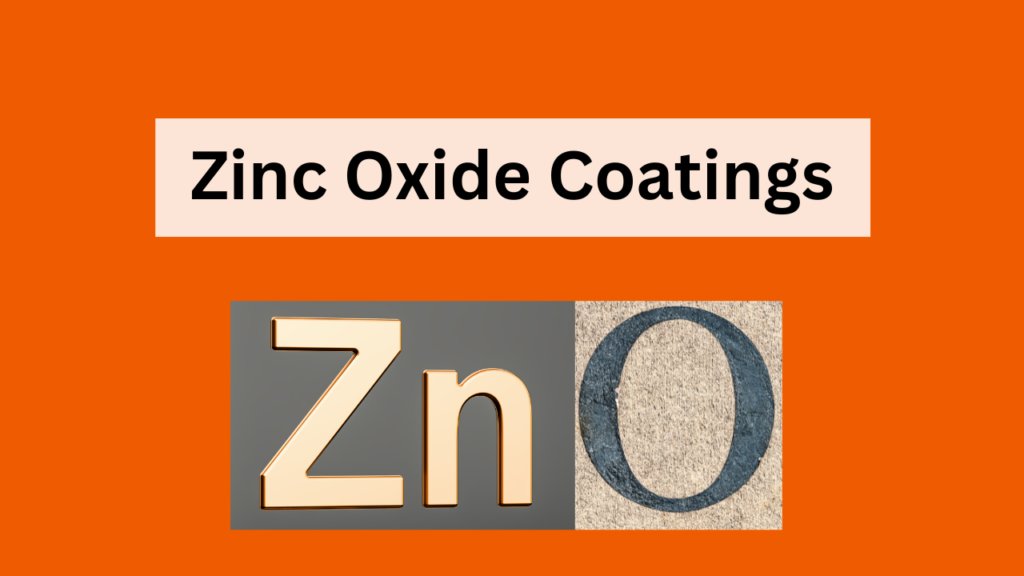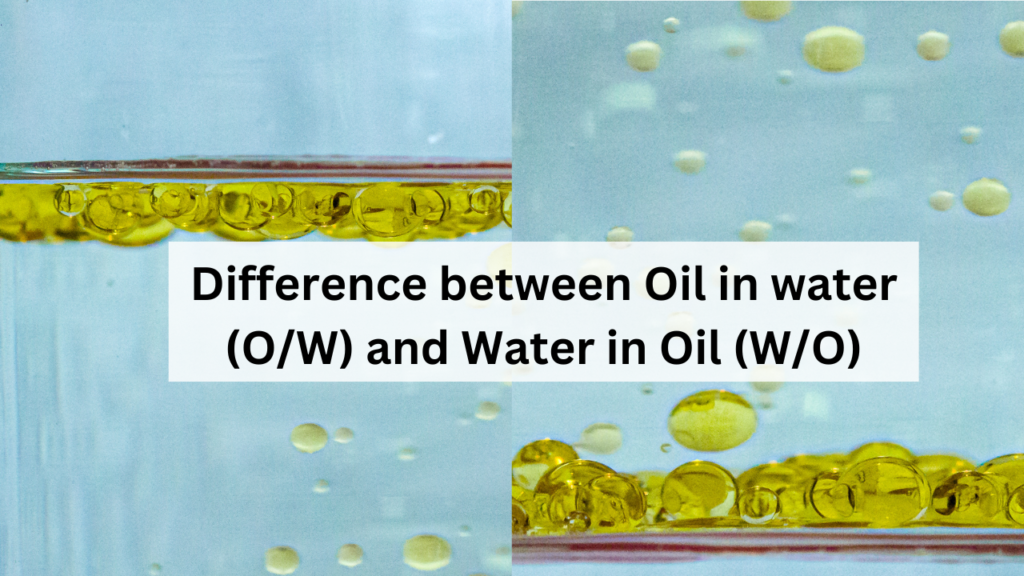
Why Zinc Oxide is Better to Formulate with Than Titanium Dioxide.
Introduction:
Choosing the appropriate sunscreen can sometimes be as challenging as deciphering an unfamiliar language. You may have come across numerous recommendations for using sunscreens that contain titanium dioxide or zinc oxide, but what makes these components so essential for safeguarding against the sun’s harmful effects?
Zinc oxide and titanium dioxide are two naturally occurring minerals that possess broad-spectrum characteristics, meaning they can block both UVA and UVB radiation emitted by the sun from penetrating the skin. These compounds are frequently present in mineral sunscreens.

Comparison between Chemical Sunscreen and Mineral Sunscreen (Oltmanns 2021)
When it comes to selecting a sunscreen, it can be overwhelming due to the numerous options available in the market, each with different ingredients and SPF values. Zinc oxide and titanium dioxide are two mineral-based ingredients that have become increasingly popular in recent years. They are both considered mineral sunscreens because they work by sitting on top of the skin and physically blocking or reflecting the sun’s rays rather than being absorbed into the skin like chemical sunscreens.
ZnO and TiO2 are particularly effective in protecting the skin against both UVA and UVB rays, which are known to cause skin damage, including sunburn, premature aging, and an increased risk of skin cancer. These minerals are also considered safe and non-irritating for most skin types, making them an excellent choice for people with sensitive or reactive skin.
Overall, when it comes to choosing a sunscreen, it’s important to consider the ingredients and their effectiveness in protecting against harmful UV rays, as well as any potential skin sensitivity or allergic reactions. Zinc oxide and titanium dioxide are natural, effective, and generally safe ingredients that can provide reliable sun protection for most people.
The definition of Ultravoilet-A and Ultravoilet -B:
Ultraviolet (UV) rays from the sun are classified into three different wavelengths: UV-A, UV-B, and UV-C. Among these, UV-A and UV-B rays are the most harmful to our skin, while UV-C is fortunately blocked by the earth’s atmosphere before reaching our skin (ROSARIO, MARK et al. 1979).
UV-A rays can deeply penetrate the skin and reach beyond the dermis, which is the thickest layer of the skin. This type of radiation can cause premature aging, wrinkles, and other signs of photo-aging (Mukherjee, Bahadur et al. 2015).

On the other hand, UV-B rays have a shorter wavelength and can only burn the superficial layers of the skin, causing sunburns and eventually leading to skin cancer if exposure is prolonged.
To protect the skin from the harmful effects of both UV-A and UV-B radiation, it is important to use broad-spectrum sunscreen. Zinc oxide and titanium dioxide sunscreens are recommended because they provide protection against both types of radiation and are less likely to cause skin irritation or allergic reactions. Therefore, it is essential to use sunscreen with these ingredients to prevent skin damage and aging caused by UV radiation (Archier, Devaux et al. 2012).
Chemical vs. Mineral Sunscreen
Sunscreen is essential for protecting the skin from the harmful effects of UV-A and UV-B radiation. Sunscreens are categorized into two types: chemical and mineral. Sunscreens containing zinc oxide and titanium dioxide are two examples of mineral sunscreens.
Together, the chemicals that make up chemical sunscreen block UV-A and UV-B rays. They set off a chemical reaction that converts heat from UV rays and expel it from the skin. Mineral sunscreen, on the other hand, is made of organic materials that rest on the skin’s surface and absorb and reflect sunlight to stop UV rays from penetrating the epidermis. Sunscreens containing zinc oxide and titanium dioxide are two examples of mineral sunscreens (Diffey and Grice 1997).
Many dermatologists recommend mineral sunscreen over a chemical sunscreen. This is because mineral sunscreen has several benefits. For instance, while chemical sunscreen takes about 20 minutes to start working, mineral sunscreen offers sun protection as soon as it is applied. Additionally, chemical sunscreen quickly loses its effectiveness and needs to be reapplied, whereas mineral sunscreen lasts longer in direct UV light. Mineral sunscreen is also better for sensitive skin than chemical sunscreen because it is kinder to the skin and less likely to clog pores. Chemical sunscreen can be harsher.
In summary, mineral sunscreens are a safer and more effective option for sun protection compared to chemical sunscreens. Zinc oxide and titanium dioxide are natural, effective, and less likely to cause skin irritation or allergic reactions. Mineral sunscreen is also gentle on the skin and provides immediate protection from the sun (Chemicals 2023).
Why zinc oxide is better than Titanium Dioxide?
The article provides useful information on the effectiveness of different sunscreen ingredients in protecting against UV rays. Zinc oxide sunscreens are found to be slightly more effective than titanium dioxide in blocking various types of UV rays. Both zinc oxide and titanium dioxide are effective at obstructing UV-B and short-wavelength UV-A rays, but zinc oxide is more effective at doing so. In order to provide broad-spectrum protection, zinc oxide, one of the best sunblocks on the market, is frequently combined with other UV-B blockers (Schilling, Bradford et al. 2010).
Table 1: Different Characteristics of Zinc Oxide and Titanium Dioxide
| Zinc Oxide | Titanium Dioxide | |
| critical mineral nutrient? | YES | NO |
| biological role in humans | YES | NO |
| FDA-approved for use on babies | YES | NO |
| non-nano version safe for reefs | YES | YES |
| releases damaging free radicals when exposed to UV light | NO | YES |
| contains a toxic metal | NO | YES |
| antimicrobial, heals wounds, diaper rash, treats eczema + acne, reduces dandruff | YES | NO |
Reading sunscreen labels and comprehending the components of skincare and sunscreen products are crucial. The SPF rating a sunscreen product achieves determines the level of UVB protection, but ingredients that effectively absorb longwave UVA light are also necessary to offer broad-spectrum protection. Non-nano zinc oxide and non-nano titanium dioxide are the best sunscreen active ingredients for both human and marine biosystems. When using either Ti2O or ZnO, non-nano varieties are crucial (Liang, Simaiti et al. 2022).

Protection level of different type of ingridients use in Sunscreens (Tetzner 2019)

